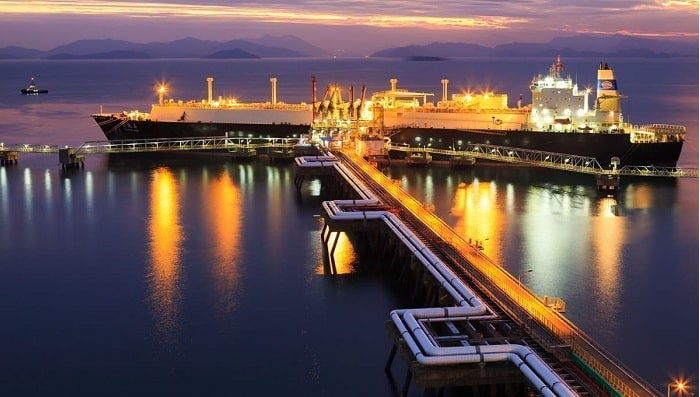The rapid buildout of liquefied natural gas infrastructure across Europe is on track to far surpass the demand by the decades end as per the new research with more than half planned LNG assets of the region seen at risk of becoming dormant.
The European union has gone on to pledge so as to cut itself off from the fossil fuels by Russia by 2027 in response to what has taken place in Ukraine. Many member states are already fast-tracking plans to get alternative gas sources from countries like Qatar and the US.
There are several nations, such as Germany, Greece, Italy, France, and the Netherlands, that have announced fresh LNG projects or even expansions of the existing ones to tackle the Russian gas pipeline shutdown.
The haste to cover the energy needs of the future puts Europe at risk when it comes to wasting huge sums of money, as per the Institute for Energy Economics and Financial Analysis- IEEFA. IEEFA, which happens to be a Europe-based think tank, opines in a report that got published last Wednesday, March 22 that the new LNG appetite of Europe can massively overshadow the demand in the years to come.
The terminal capacity of Europe is all set to surpass 400 billion cubic metres by 2030, according to the IEEFA, which cited the present infrastructure buildout plans. This is a surge from the 270 bcm that was seen at the end of the last year. UK, Norway, and Turkey were included in the IEEFA analysis.
In contrast, the LNG demand throughout Europe is forecast to lie between 150 bcm as per the IEEFA and 190 bcm as per S&P Global Commodity Insights.
IEEFA stated that the mismatch that can be seen between future energy demand in Europe and import facilities can go on to result in 200 bcm of unused capacity by the end of the decade, which is equivalent to almost half of the European Union’s total demand for gas in 2021.
According to IEEFA Europe’s energy analyst and also the author of this analysis, Ana Maria Jaller-Makarewicz, this happens to be the world’s most expensive and least worthwhile insurance policy. She adds that the region must fully balance its LNG systems and gas to avoid falling from reliability to redundancy.
The boosting of Europe’s infrastructure may not essentially increase reliability; however, there is a tangible risk of assets getting stranded. Apparently, the highest risk when it comes to stranded assets was witnessed across Spain at 50 bcm, Turkey at 44 bcm, and the UK at 40 bcm. Although IEEFA expects a 36% utilisation rate when it comes to Europe’s LNG terminals by 2030.
The EU energy policy chief at the start of March this year, the EU energy chief called upon all the EU nations as well as firms to refrain from inking new contracts as far as buying Russian LNG was concerned so as to deplete the dependence of energy on the Kremlin.
Kadri Simon, the EU energy commissioner, said that he encouraged all the members to stop going for any fresh deals once the existing contract term expires.
It is well to be noted that EU’s big LNG capacity has gone on to spark environmental challenges, with research from the Global Energy Monitor in 2022 warning that plans to double EU’s energy import terminal capabilities threaten to thwart the climate goals while at the same time doing nothing to address energy issues. The GEM analysis noted that most of the LNG contracts were going to begin in 2026 for a tenure of 15 to 20 years.





































